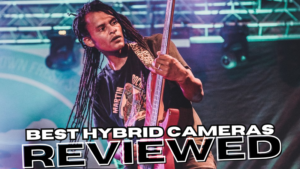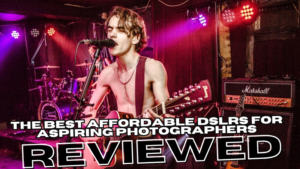
Dynamic stage photography requires a unique blend of technical skills, creativity, and anticipation.
Capturing the energy and emotion of live performances can be a thrilling yet challenging endeavor for photographers.
Key Takeaways
- Post-Processing Enhances Images: Use editing software to refine exposure, color, and sharpness, improving the overall impact of your photos.
- Composition Matters: Use techniques like the rule of thirds, framing, and varying angles to create engaging photos.
- Master Lighting: Adjust ISO and aperture to effectively manage challenging lighting conditions on stage.
- Timing Is Key: Anticipate key moments by observing performers’ body language and interactions with the audience.
- Practice Often: Hone your skills at local performances to build confidence and experiment without pressure.
Whether you’re shooting a concert, theater production, or dance performance, understanding how to navigate lighting conditions, composition, and movement will elevate your photography to new heights.
We’ll explore essential tips and techniques to help you take stunning stage photos that resonate with viewers and encapsulate the spirit of live events.
In This Article
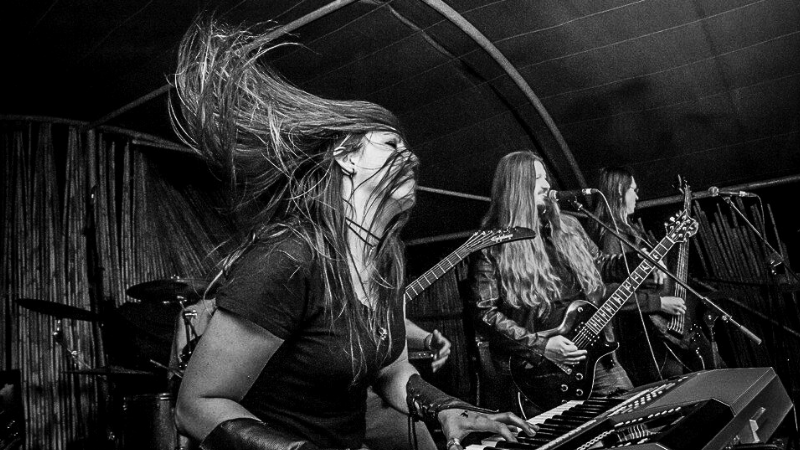
What Composition Tips Can Take Your Stage Photos to the Next Level?
Want to elevate your stage photography? Start by playing with composition techniques that can really make your images pop!
How Does the Rule of Thirds Work in Stage Photography?
The rule of thirds is a classic composition technique. Imagine your frame divided into a grid of nine equal parts.
Position key elements of your shot—like performers—along those lines or at the intersections.
This creates balance and draws the viewer’s eye naturally.
Why Are Framing and Leading Lines Important?
Using framing techniques—like capturing a performer within a doorway or between instruments—can add context and interest.
Leading lines, such as stage edges or lights, can guide the viewer’s eye toward the subject, creating a more engaging image.
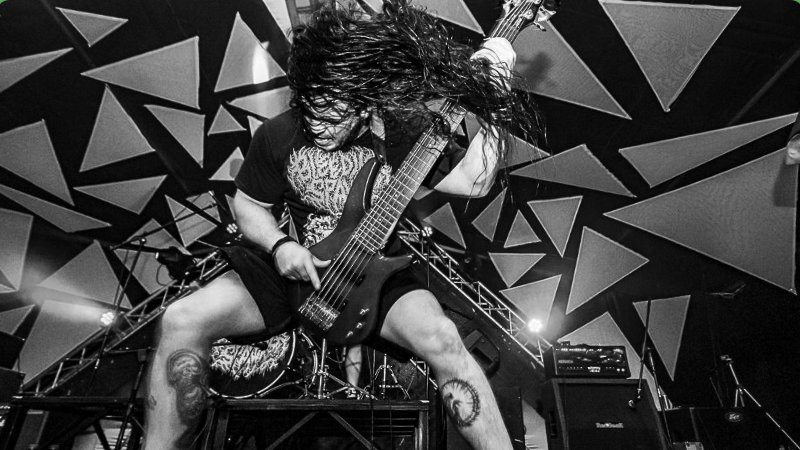
How Can Different Angles and Perspectives Add Energy?
Don’t just shoot from eye level! Try low-angle shots to make performers look more powerful, or experiment with overhead shots for a unique perspective.
Changing your viewpoint can transform an ordinary moment into something dynamic and exciting.
Why Should You Fill the Frame?
Filling the frame with details—like an intense expression or an intricate instrument—adds impact to your images.
Get close, and capture the energy and emotion of the performance. It’s these details that tell the story behind the shot.

How Can You Effectively Capture Movement?
Capturing movement can be a bit tricky, but with the right settings, you’ll nail it!
A little tip: pay close attention to the rhythm of the performance.
Watching the performers’ body language can help you anticipate when the magic is about to happen, so you’re ready to click at just the right time!
What Is ISO and How Does It Impact Exposure?
ISO measures your camera’s sensitivity to light, which is particularly important in low-light situations, like concerts. If you need to capture well-exposed images, what should you do? You may need to increase your ISO, but remember that higher ISO settings can introduce noise (graininess) to your photos.
What Tips Can Help You Manage ISO?
Where should you start? Begin with a moderate ISO of around 800 and adjust based on the lighting conditions.
Should you consider auto ISO? If you’re unsure, many cameras have an auto ISO feature that adjusts automatically as lighting changes. Just remember to set a maximum ISO level to control noise.
How can you test and adjust effectively? Take some test shots to see how your ISO impacts overall exposure and noise levels. Aim for the highest ISO that still produces a clean image.
Why Is It Important to Balance Shutter Speed and ISO?
When trying to freeze action, finding the right balance between shutter speed and ISO is essential.
If you increase your shutter speed to freeze motion, what might happen to your images? They could end up too dark, especially in low-light environments. This is where adjusting your ISO comes into play.
- ★ Can You Provide an Example Scenario?
Sure! Imagine you’re shooting a live performance. The stage lights are dim, so you set your camera to a shutter speed of 1/500. If your images are underexposed, what should you do? Try raising your ISO to 1600 or even 3200, depending on how much noise you can handle.
By mastering these questions around shutter speed and ISO, you can effectively freeze action and capture those exciting, fleeting moments on stage in sharp detail. Remember, experimentation and practice are key, as every venue and performance is different!

How Can You Time Your Shots for Maximum Impact?
Timing is everything when it comes to capturing dynamic moments. Anticipating when a performer will hit a high note, make a dramatic gesture, or engage with the audience can mean the difference between a great shot and a missed opportunity.
Take a moment to observe the performance. Focus on specific moments and be ready to shoot when you anticipate action. This way, you’re not just shooting blindly; you’re capturing intentional shots that have a higher chance of being great.
By mastering your timing and being selective with your shots, you can avoid the hassle of sorting through a sea of images and focus on capturing those impactful moments that truly resonate.

What Are Some Great Lighting Techniques for Stage Photography?
Lighting can truly make or break your stage shots, so let’s talk about how to work with it!
How Do You Handle Low Light and Stage Lights?
Stage lighting can be a photographer’s best friend and worst enemy. Different types of lights—like LEDs and spotlights—create unique challenges. Start by adjusting your camera settings. For low light, bump up your ISO, open your aperture wide, and play with shutter speeds. Don’t be afraid to experiment until you find the perfect balance!
How Can You Make the Most of Shadows?
What role do shadows play in creating depth and drama? Look for opportunities to capture how light creates striking shadows on performers and the stage. Backlighting can enhance this effect by highlighting edges while keeping the foreground dark.

How Do You Create Mood with Lighting?
Shooting with a wide aperture (like f/2.8 or lower) allows more light into the camera, creating a shallow depth of field that blurs the background and focuses on the subject. This technique draws attention to the performer and adds intimacy to your images.
Using flash during a performance can disrupt the atmosphere. How can you achieve more authentic, moody images? Relying on available stage lights captures the ambiance and maintains the integrity of the lighting design.
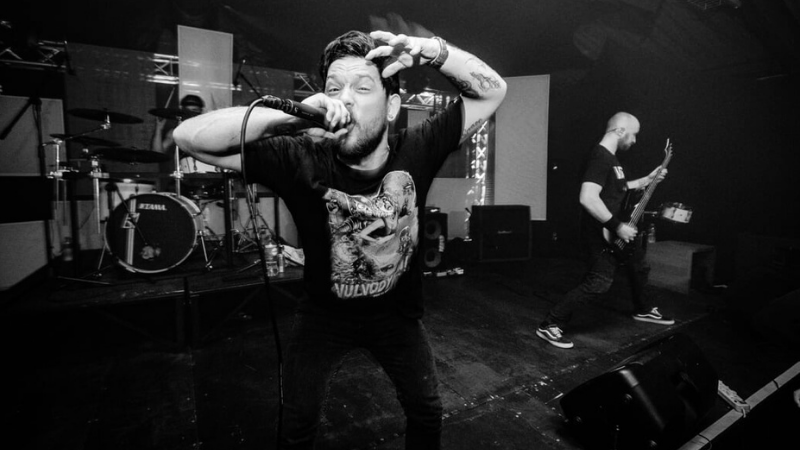
How Do You Choose the Right Moment to Shoot?
Choosing the right moment to shoot is where the magic happens! It’s all about timing and being in tune with the performance.
What Strategies Help You Anticipate Key Moments?
Being in tune with the performance can help you anticipate those magical moments. Keep an eye on the performers’ body language and facial expressions.
When they lean into the microphone or reach for their instrument, that’s often a cue for action.
How Can You Read the Performance for Better Shots?
Watch for interactions between performers and their energy levels. If the crowd is reacting strongly, the performers will likely feed off that energy.
Learning to read these cues can help you capture genuine moments that resonate with the audience.

How Can You Practice Your Stage Photography Skills?
To truly hone your stage photography skills, why is it important to practice outside of high-pressure live events?
How Can Local Performances Help You Improve?
Attend smaller gigs, community theater shows, or open mic nights.
Why are these settings beneficial? They often have a more relaxed atmosphere, allowing you to experiment without the stress of a large crowd.
How Can Experimenting with Different Styles Benefit You?
Try capturing various performances—dance, theater, or street performances.
What unique challenges do they present? Each offers opportunities for creativity and skill development.
Common Questions
How Do I Build Rapport with Performers and Crew for Better Access and Shots?
Build rapport by introducing yourself respectfully before the performance and expressing your appreciation for their work.
Attend rehearsals if possible to understand the flow and establish connections.
Always ask for permission before close-ups, and share your best photos afterward as a thank-you gesture.
What Are Some Common Mistakes to Avoid in Stage Photography?
Avoid being unprepared for lighting conditions and using too slow a shutter speed, which can cause motion blur.
Stay engaged with the action, and be mindful of composition to frame your subjects thoughtfully.
How Can Post-Processing Enhance My Stage Photos?
Post-processing can refine your images through adjustments in cropping, exposure, and color balance.
Use software like Lightroom or Photoshop to sharpen details, reduce noise, and enhance vibrancy.
Aim to maintain authenticity while elevating the overall quality.
What Techniques Can I Use to Capture Audience Reactions Alongside Performers?
Position yourself to frame both performers and the audience.
Use a fast shutter speed for candid shots during high-energy moments.
A wider lens can help include more of the crowd, and look for moments of strong audience engagement to capture dynamic connections.
How Can I Effectively Use Color and Contrast to Enhance My Stage Photos?
Leverage stage lighting for vibrant colors and enhance them in post-processing to create impact.
Use complementary colours to balance your compositions.
Consider black and white for a dramatic effect, focusing on contrast and texture.
In Conclusion
Mastering dynamic stage photography is a rewarding journey that combines technical knowledge with artistic vision.
By practicing composition techniques, managing lighting, capturing movement, and timing your shots, you can create powerful images that tell a story.
Remember that every performance is unique, so be open to experimentation and learning.
With dedication and practice, you’ll be able to capture the essence of live performances, creating lasting memories for both yourself and your audience.

